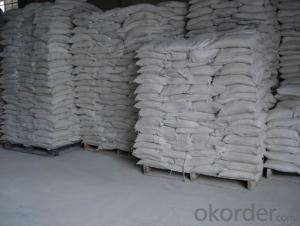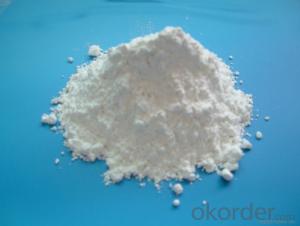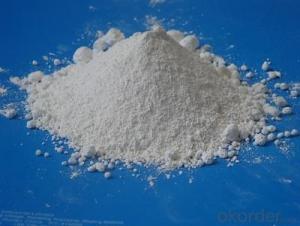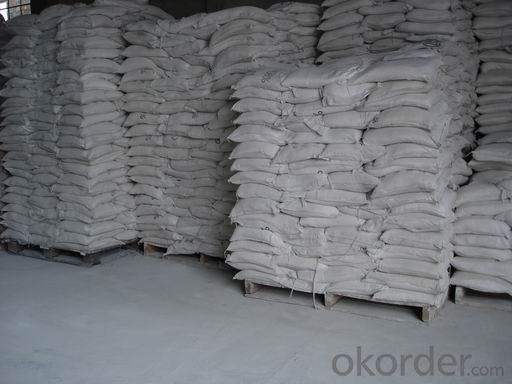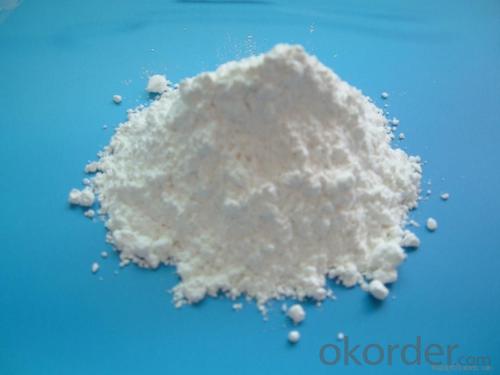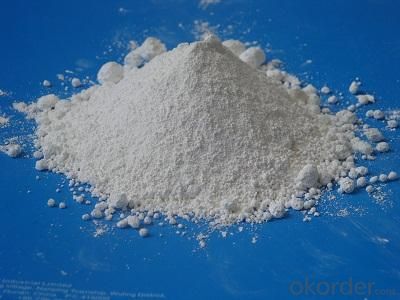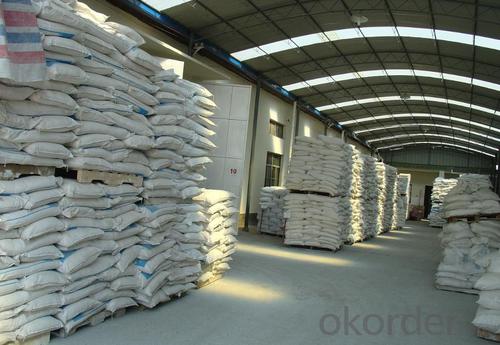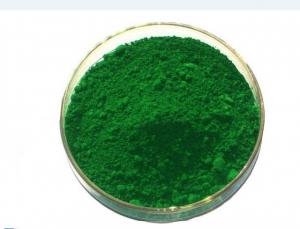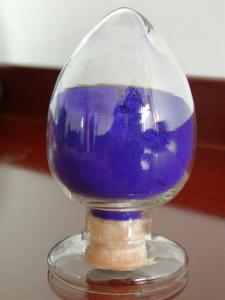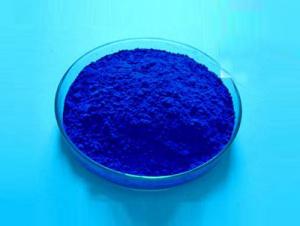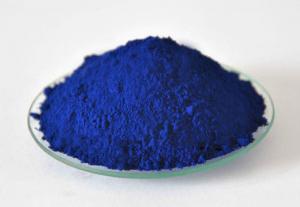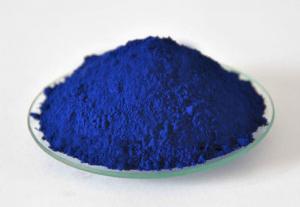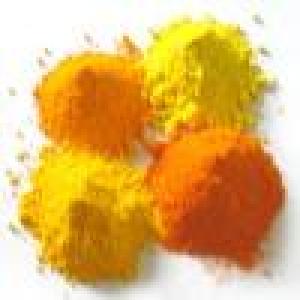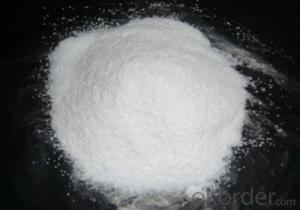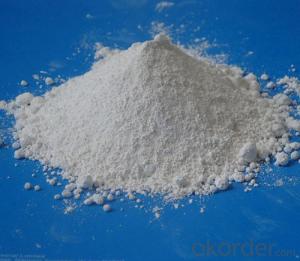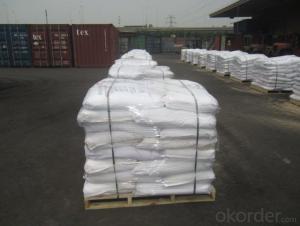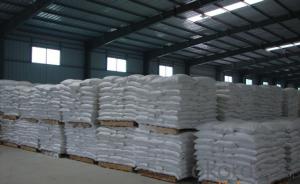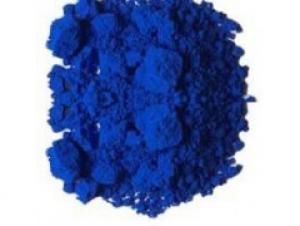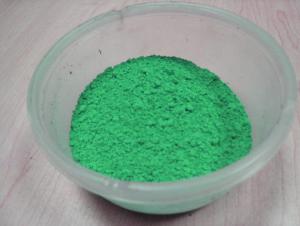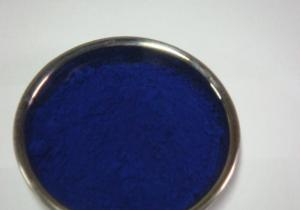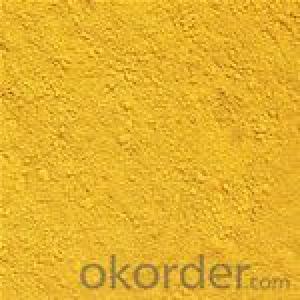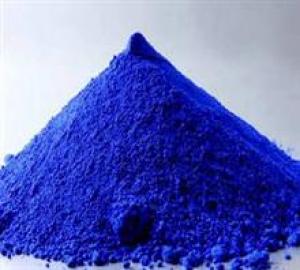Pigment chemical lithopone pigments for plastic
- Loading Port:
- Tianjin
- Payment Terms:
- TT OR LC
- Min Order Qty:
- 20 m.t.
- Supply Capability:
- 2000 m.t./month
OKorder Service Pledge
OKorder Financial Service
You Might Also Like
Specifications of lithopone pigments for plastic
lithopone pigments
1,good quality and reasonable price
2,free sample
3,SGS,BV,CIQ inspection.
Pigment chemical lithopone pigments for plastic
1. Product name: Lithopone
2. Chemical formula: ZnS+BaSO4
3. Other Names:Barium zinc sulfate
4. CAS No.: 1345-05-7 H.S. Code: 3206421000
5. EINECS: 215-715-5
Appearance: A white, odorless powder. Insoluble in water. It’s has good whiteness and envelop ability.
6. Properties: This product is a kind of new-style nontoxic. Green non-pollution, lithopone than traditional lithopone albedo high, hiding power, fineness and high-temperature weatherability, strong characteristic.
7. Application: Mainly used of coatings, printing ink, rubber, plastic, powder, profiles, paint, paper, and leather, etc.
8. Package:25kgs/PP bag,25MT/20’FCL
Technology Data:
ITEM | Specification | |
B311 | B301 | |
Total Zinc and Barium Sulphate %≥ | 99.0 | 99.0 |
Zinc Sulfide Content %≥ | 30.0 | 28.0 |
Zinc Oxide Content %≤ | 0.3 | 0.6 |
Tinter Reducing Power, Compared with Standard Samples ≥ | 105 | 100 |
105°C Volatile matter %≤ | 0.3 | 0.3 |
Water solubles %≤ | 0.3 | 0.4 |
Water suspension Ph-value | Neutral | 6.0-8.0 |
Oil absorption,g/100g≤ | 6.0-8.0 | 14 |
Residue on sieve 45um %≤ | 5 | 5 |
9. Payment: T/T, L/C
10. Packing picture:
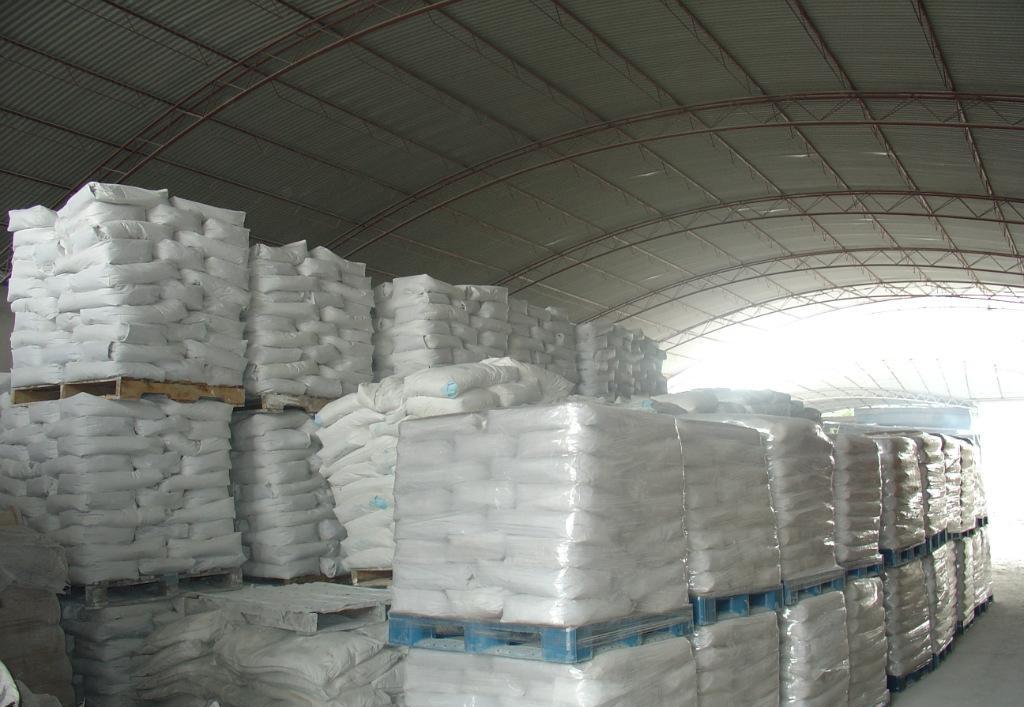
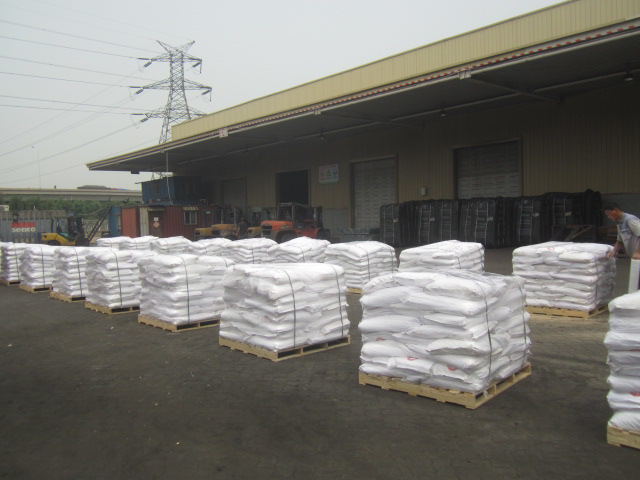
- Q: A.catalyzes chemical reactions.B.absorbs light.C.transports materials.D nverts energy to light.E s energy.
- In biology, a pigment is any colored material of plant or animal cells. Many biological structures, such as skin, eyes, fur and hair contain pigments (such as melanin) in specialized cells called chromatophores. Many conditions affect the levels or nature of pigments in plant, animal, some protista, or fungus cells. For instance, Albinism is a disorder affecting the level of melanin production in animals. Pigment color differs from structural color in that it is the same for all viewing angles, whereas structural color is the result of selective reflection or iridescence, usually because of multilayer structures. For example, butterfly wings typically contain structural color, although many butterflies have cells that contain pigment as well. So pigment reflects color and absorbs light.
- Q: What are accesory pigments and why are they important?
- Accessory pigments, also called, Photosynthetic Pigments or Chloroplast pigments, are pigments which are present within the cell of a Chloroplast used to harvest a greater spectrum of light.y are colored compounds which absorb and transfer light energy to chlorophyll. Pigments are light-absorbing molecules. In addition to chlorophyll,other pigments, principally yellow and orange carotenoids, as well asother forms of chlorophyll, are also present in green plants. These molecules absorb light and then pass the energy to the chlorophyll and accessory pigments, like the carotenoids, enable the plants to use more ofthe light than is trapped by chlorophyll alone.
- Q: Please help me answer these Genetics problems. These are the problems that was assigned in the previous exams, but the professor doesn't provide the answer keys or a review session to go over these.Pigment in the mouse is produced only when the C allele is present. Individuals of the cc genotype have no color. if color is present, it may be determined by the A, a alleles. AA or Aa results in the agouti color, while aa results in the black color. In 3 crosses between agouti females whose genotypes are unknowns and males of the aacc genotype, the following phenotypic ratios were obtained. Female 1: 8 agouti 8 colorlessFemale 2: 4 agouti 5 black 10 colorless
- interior the 1st bypass AACC x aacc, discern a million will produce all AC gametes and discern 2 ac. Your F1 will all be AaCc. As all have the C allele they are going to be pigmented and as they're Aa they're going to all be agouti. Your F1 bypass is AaCc x AaCc. each and each discern can produce 4 gametes AC, Ac, aC, ac. To get all the genotypes you would be able to desire to entice a 4 x 4 Punnett sq.. each and each column and each and each row has between the 4 gametes in it and the cells comprise the blended genotypes. in case you count type up your genotypes you will discover 9 comprise the two A and C, those are agouti, 4 comprise cc, and all of those would be white regardless of the genotype at A, 3 comprise aa and C, those will all be black. So your phenotypic ratio would be 9:4:3 agouti: white: black the subsequent 3 crosses are all attempt crosses - you employ a recessive discern to artwork out the genotype of the different discern. a million. As lots of the offspring are colourless, you be attentive to that the two mothers and dads carry the c allele, as you pick cc for colourless mice. As there are no black mice, there is not any a allele interior the mum, as no aa offspring are produced. The bypass is AACc x aacc. woman gametes are AC or Ac and male gametes are all ac, offspring are the two AaCc or Aacc. 2. Is the opposite of bypass a million. There are black offspring so mom would desire to hold an a allele to furnish black mice, as there are no colourless ones, there is not any c allele interior the mum. you could write down the bypass and the F2 effect now. 3. This time all hues are produced, so the mum would desire to hold the two a and c alleles. Her genotype is AaCc, she would be able to offer 4 gametes as interior the 1st bypass and you will artwork out the resultant genotypes and phenotypes interior the F2.
- Q: My wife went to the eye doctor to get new glasses (because she couldn't renew her driver's license with her glasses she had been using), and the doctor said that she wasquot;losing pigment" in both of her eyes. He said not to worry, but he wants her to make an appointment every 6 months, instead of just once a year.What does it (her losing pigment in her eyes) mean? Is it really nothing to worry about?(My wife doesn't seem worried, she hates going to doctor's but she trusts them when she goes to them; she doesn't ask questions-- she feels that if she needed to know something the doctor would tell her.)
- Pigment is what gives your eyes color...meaning, if you have brown eyes, then you have pigment *if your eyes are blue, you lack pigment in your eyes*. It just means that color is disappearing from her eyes...have you noticed a slight color change? Keep an eye on it and her and see if anything else goes wrong. Best of luck to both of you.
- Q: I hear about it cause my Friend is albino and she was born with no pigments in her hair,skin or eyes
- Melanin is a pigment that is ubiquitous in nature, being found in most organisms (spiders are one of the few groups in which it has not been detected). In animals melanin pigments are derivatives of the amino acid tyrosine. The most common form of biological melanin is eumelanin, a brown-black polymer of dihydroxyindole carboxylic acids, and their reduced forms. All melanins are derivatives of polyacetylene. The most common melanin – dopamelanin – is a mixed copolymer of polyacetylene, polyaniline, and polypyrrole. Another common form of melanin is pheomelanin, a red-brown polymer of benzothiazine units largely responsible for red hair and freckles. The presence of melanin in the archaea and bacteria kingdoms is an issue of ongoing debate among researchers in the field. The increased production of melanin in human skin is called melanogenesis. Production of melanin is stimulated by DNA damage induced by UVB-radiation,[1] and it leads to a delayed development of a tan. This melanogenesis-based tan takes more time to develop, but it is long lasting.[2] The photochemical properties of melanin make it an excellent photoprotectant. It absorbs harmful UV-radiation and transforms the energy into harmless heat through a process called ultrafast internal conversion. This property enables melanin to dissipate more than 99.9% of the absorbed UV radiation as heat[3] (see photoprotection). This prevents the indirect DNA damage that is responsible for the formation of malignant melanoma and other skin cancers. Albinism (from Latin albus, white; see extended etymology, also called achromia, achromasia, or achromatosis) is a congenital disorder characterized by the complete or partial absence of pigment in the skin, hair and eyes due to absence or defect of an enzyme involved in the production of melanin.
- Q: wut is the diff between those 2?
- pigments are loose powder i believe. i like the eyeshadows better. there's a much better selection of those anyway.
- Q: I have been looking over the internet and have yet to find the details I need. Such as the function and development of Pigments.
- A pigment is essentially a substance that subtracts light to produce a variety of colors. In organisms, pigments are the colored matter (the substance in your cells that give your skin, tongue, hair, etc. their colors). In nonliving things such as painting, a pigment is the dry powder that is mixed with a fluid, creating a colored liquid which is then used to paint. As to how pigments work -- the pigment absorbs all light except the color you see. That color of light is reflected to your eyes. All kinds of substances can be pigments. I hope that was clear and answered your question!
- Q: how are the pigments in clothes differ from plant pigments?
- Pigments are pigments. They are made of molecules that absorb some colors and reflect others from the visible spectrum of light, which gives everything color. Black pigments absorb everything and reflect nothing, so black is the absence of color and it is why dark clothing are warmer in winter. White pigments reflect everything and absorb nothing, so clothing that is white is cooler in summer. Most plants have more chlorophyll, a green pigment, in them than other pigments, so the plant is overwhelmingly reflecting green back to our eyes and absorbing the red and blue ends of the spectrum. In fall, when the chlorophyll breaks down, we can see the yellow, orange, and red pigments that are also in the leaf for a few weeks. In this way, all pigments are alike. However, perhaps what your teacher is looking for is that the green pigment chlorophyll in plants not only absorbs red and blue wavelengths of light, it also uses that energy to excite electrons from the molecules of chlorophyll and send them through an electron transport chain that enables light energy to be converted to chemical energy and store it in the C-H bonds of glucose, which is made during photosynthesis. Other pigments, whether they be in clothes or other objects such as cars or just about anything else do not do this. Only plant chlorophyll, or the green pigment in plants, converts light energy to chemical energy. That is the one huge difference. Otherwise, like all other pigments, chlorophyll absorbs some wavelengths of light and reflects others, in the case of chlorophyll, green wavelengths of light.
- Q: how to prepare coloured pigments?
- Pigment does not might desire to do with pores and skin inevitably, a paint could be tinted with a pigment. curiously it is likewise a dry colorant, many times an insoluble powder. pores and skin colour is set by using the quantity of melanin in one's pores and skin, relative to ranges of exposure to the sunlight.
- Q: I am planning on purchasing MAC, but what r the differences... thanks to all...I want to have an idea before I head to the mall.
- Pigment is the purest formula or color with minimal ingredients mixed in to buffer or thin out the product. Generally, the loose form is the most intense because it is lightweight and you can pack it on, mix with a medium, or layer. Pigments usually cost more than pressed forms. However, there are some pressed pigment shadows that are awesome (NARS, Make up for Ever, Urban Decay)! MAC has excellent shadows, I use a lot of them (loose pressed) in my kit. Loose pigments are great mixed with water or mixing medium to intensify. They also will last you forever!
Send your message to us
Pigment chemical lithopone pigments for plastic
- Loading Port:
- Tianjin
- Payment Terms:
- TT OR LC
- Min Order Qty:
- 20 m.t.
- Supply Capability:
- 2000 m.t./month
OKorder Service Pledge
OKorder Financial Service
Similar products
Hot products
Hot Searches
Related keywords
